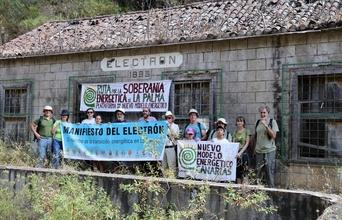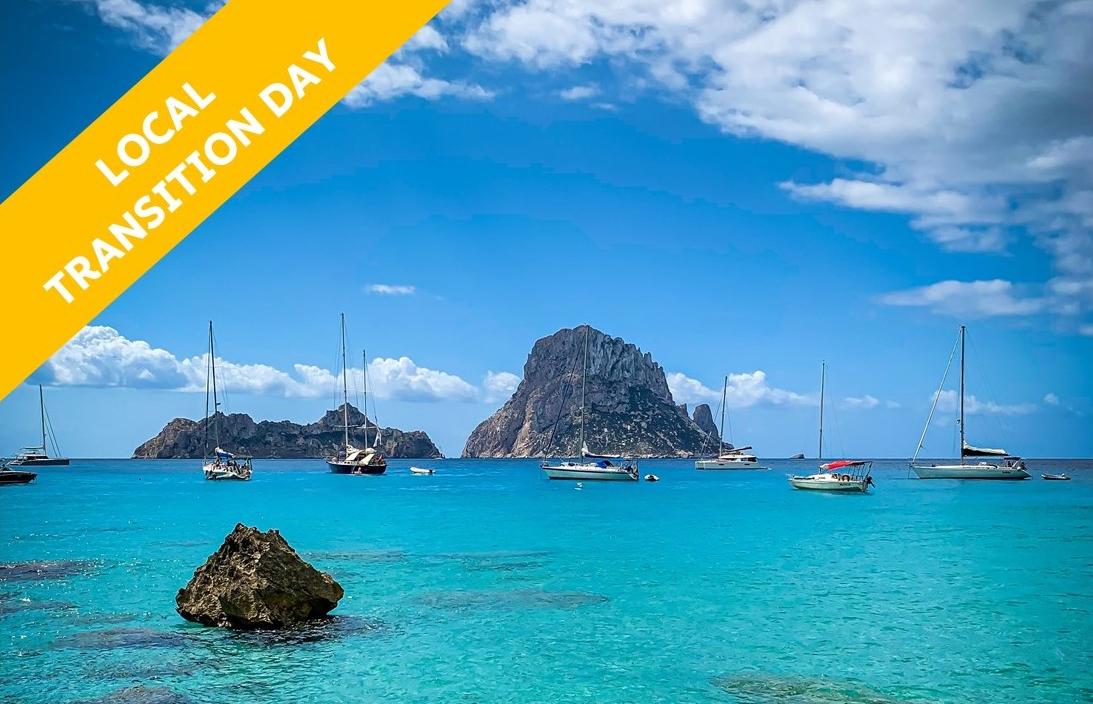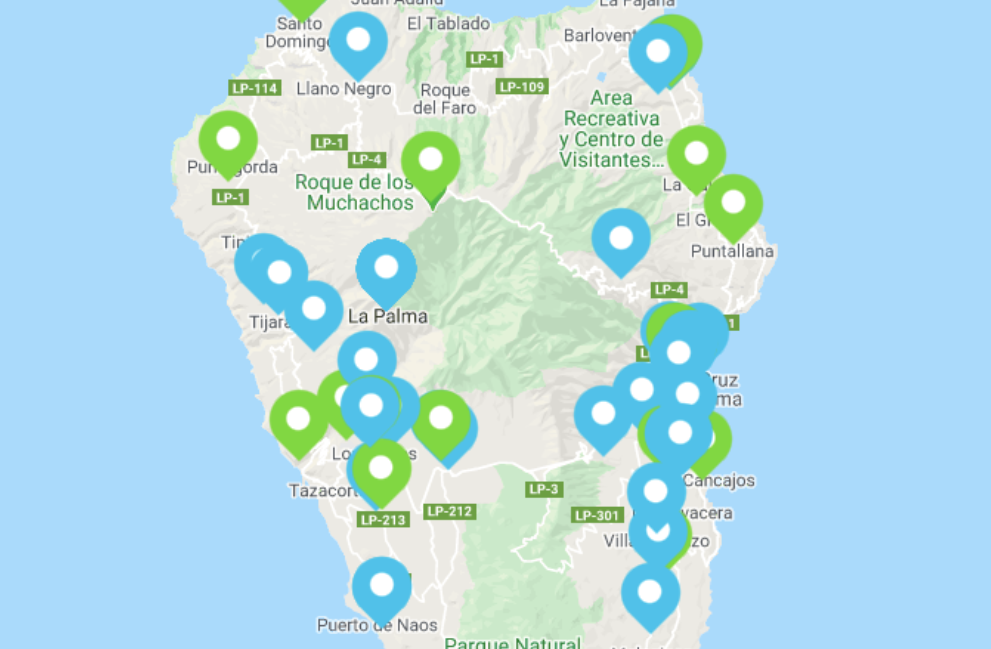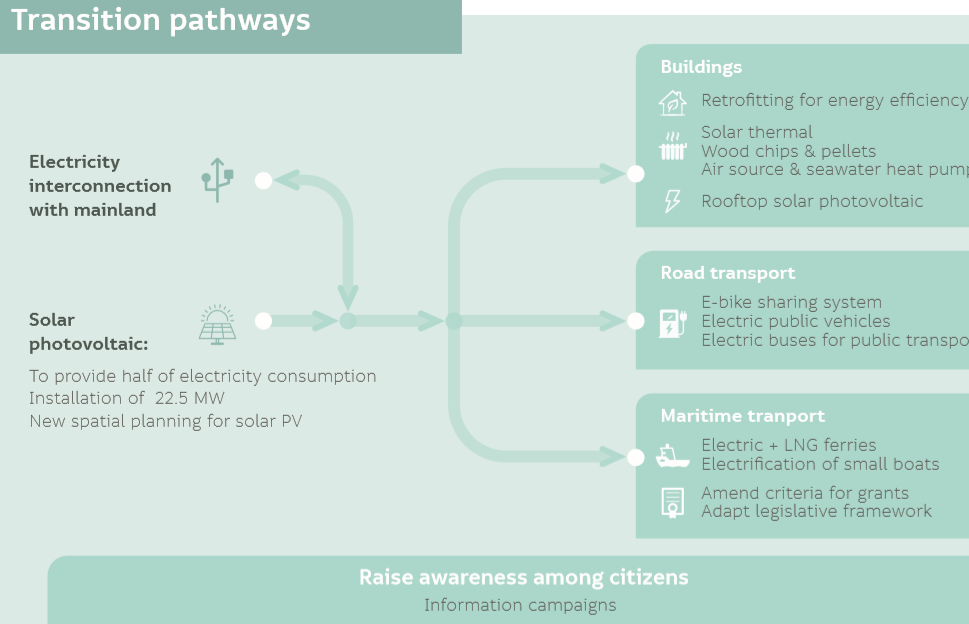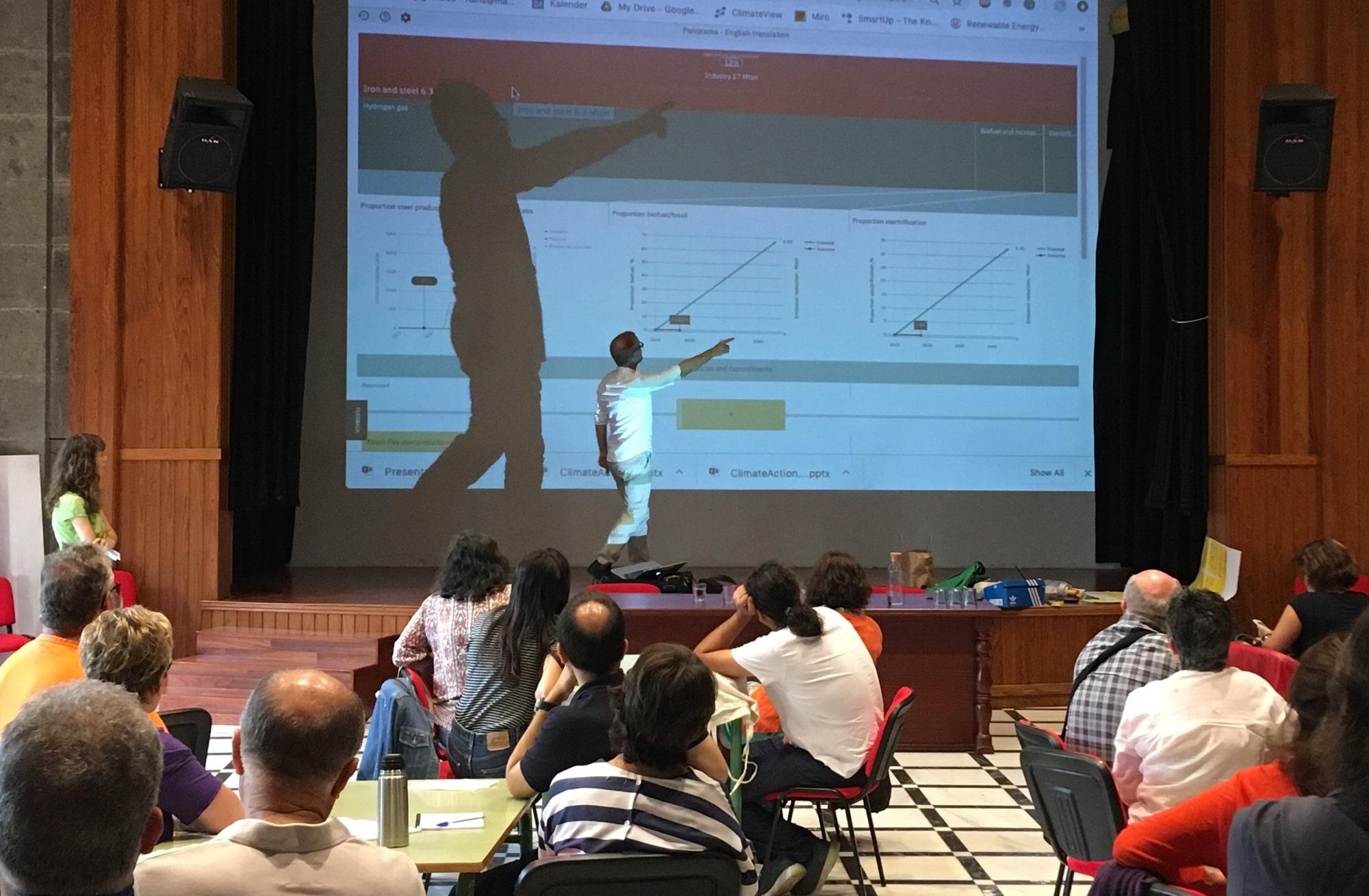
Commonly known as “La Isla Bonita” (the beautiful island), La Palma is the greenest of the eight Canary Islands. Located in the Atlantic Ocean with a population of close to 82,000, the island captures its visitors with stunning hiking trails and natural phenomena, and provides pleasant temperatures for its inhabitants all year round.
La Palma’s economy relies mainly on the island’s banana production and tourism. As it is not interconnected with the mainland or the surrounding islands, the island depends heavily on expensive fossil-fuel imports for its energy supply.
The island has tremendous renewable energy potential, but had disregarded this resource until, in 2014, a group of citizens decided it was time to embark on a different path – one that would utilise the abundance of renewable energy available on the island, diversify La Palma’s economy, generate local jobs, and reduce energy consumption.
Citizens and municipalities leading the island's energy transition together
To kick-start the island-wide transition process, the citizen organization Plataforma por un Nuevo Modelo Energético proposed to develop a manifesto that would include an overall vision for La Palma. Named after the first mini hydropower station on the island, the Electron Manifesto was the result of a multi-stakeholder process open to everyone on the island. It has been signed by all fourteen municipalities of the island, including its regional government, the Cabildo of La Palma.
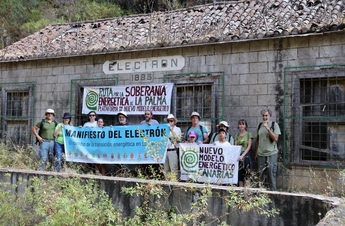
Citizen engagement has a tradition on La Palma. The Plataforma por un Nuevo Modelo Energético has been educating islanders on the negative impacts of the current energy model and promoting a citizen-led energy transition for many years. Recognising the Plataforma’s role in the clean energy transition of the island, the Cabildo of La Palma in 2018 decided to fund the platform through the public company Sodepal to coordinate the island’s transition under the label La Palma Renovable (“Renewable La Palma”). La Palma Renovable works alongside other citizen organizations like the renewable energy cooperative Som Energia, which provides citizen-owned renewable energy to its members all across Spain. The local group of Som Energia in a collaboration with the Madrid not-for-profit company Ecooo led the project “Oleada Solar”, organizing a joint purchase of PV modules and installing them for self-consumption in almost 20 households on the island. That was done taking advantage of the 200,000€ subvention given by the Cabildo, which were given to a total of about 40 households. The local group of Som Energia also collaborated recently in the purchase of energy saving kits in a La Palma Renovable project aimed to decrease energy use in households and improve energy justice in the island.
Be smart in your choices, and educate
The Canary Islands signed the Pact of Islands and established an Action Plan for Sustainable Energy Islands in 2012. To put these commitments into action, La Palma is planning to work on a Baseline Emissions Inventory and a Sustainable Energy and Climate Action Plan, with the objective to join the Covenant of Mayors. The island is further part of the Smart Island Initiative, which includes an Energy Efficiency and a Sustainable Mobility Plan since 2015. Some actions are already being implemented, such as the installation of public charging stations for electric cars. In a next step, La Palma Renovable will develop an insular plan for a new energy culture (Plan Insular por una Nueva Cultura Energética, PINCE), with the objective to reach all sectors on the island including public administrations, civil society, the education sector and different business sectors.
A scenic island known for its beautiful nature, the objective of the island community on La Palma is to use as little land as possible for power generation. The priority according to the community should be to use the roofs and dams to install PV (particularly for self-consumption), and to study geothermal resources as a possibility to generate baseload power and stabilise the energy system. The focus of their transition plan also includes energy efficiency and consumption reduction. Beginnings of this are already manifesting – there is a coordinated effort to reduce energy consumption in all municipalities and the Cabildo. This was done following the methodology of Ecooolocal, a project tackling not only the technological aspects of the transition, but also taking into account the structural and behavioural changes needed.
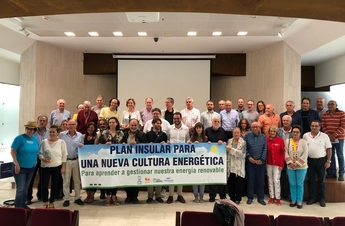
To strengthen business engagement with the clean energy transition on the island, La Palma Renovable is further aiming to provide short trainings and mentorship to established and new companies in the energy sectors in spring 2019 in the areas of finances, marketing, but also the role of collaboration and an equitable economy can have in accelerating the energy transition.
The community on La Palma is keen to share experiences and collaborate with other islands embarking on the clean energy transition – particularly with their neighbours in the Canary Islands, but also with other islands who may be working on similar goals and projects. The Clean Energy for EU Islands Secretariat will support the island in setting a clear agenda for its energy transition, and in building local capacity.
Fun fact: the Electron power station (now abandoned) started producing electricity in 1893 and was one of the first in the world, showing La Palma’s history of pioneering energy innovation.

